The Ministry of Health proposed a plan to include relatives of workers in compulsory health insurance, with the state supporting 30% of the premium, and the remaining 70% paid by the business owner and the worker.
In the Impact Assessment Report of the Law on amending and supplementing a number of articles of the Law on Health Insurance , which is about to be submitted to the Government, the Ministry of Health proposed expanding coverage in the context that only 92% of the population participates in health insurance, while Vietnam aims to increase it to at least 95% by 2025.
The remaining 8% of the population who have not participated in health insurance are mainly informal groups such as employees in enterprises, students, and people participating in households. The main reason is that many people do not realize the importance of health insurance, and only buy it when they are sick, especially in households.
The coverage rate for students, especially second-year students and above, is still low due to high fees; the government supports 30%, but for households with many children, the health insurance premium is still large.
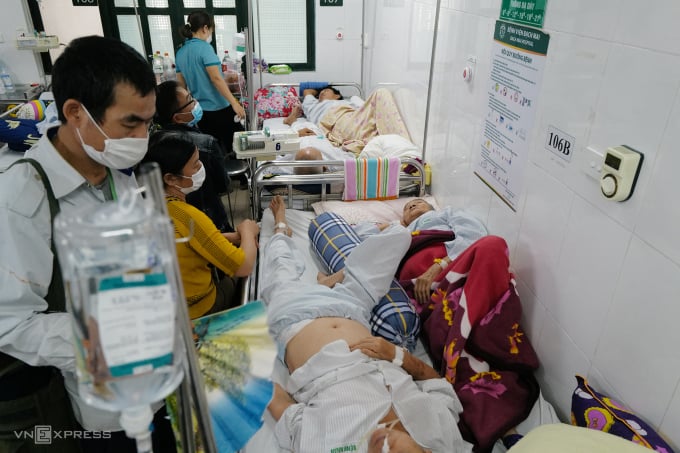
Relatives take care of a patient at the Neurology Department, Stroke Unit of Bach Mai Hospital (Hanoi), November 2022. Photo: Ngoc Thanh
In order to increase coverage and move towards universal health insurance, the Ministry of Health proposes three options for expanding the coverage.
Option 1 : Amend and supplement some regulations on mandatory participation groups to suit reality, such as clarifying the content of groups such as police students including Vietnamese and foreigners; children of martyrs including biological children, legally adopted children; separate retired police officers into separate groups to adjust the benefit level. For the group of self-paying health insurance, add Vietnamese people without identification papers, foreigners living in Vietnam, workers on unpaid leave or with suspended contracts.
Updates on some groups such as people infected with HIV, people from the revolutionary safe zone communes during the resistance war against France and the US (the revolutionary base during the resistance war) currently residing locally have had their information updated in the National Database on Population and Residence.
Add more groups of synchronous contributions with the amended Law on Social Insurance, such as registered business households, employees with contracts of one month or more; part-time workers...
Assessing the impact of this plan, the Ministry of Health said it would help increase revenue for the Health Insurance Fund, add more funds for health insurance examination and treatment for medical facilities; and improve people's health quality. For example, each year, dialysis patients are being paid by the Health Insurance Fund for 4.3 million visits at a cost of VND2,400 billion. If they are not in the group paying health insurance, patients will spend a lot of money on treatment.
Option two , in addition to the additional groups as in option one, the Ministry of Health proposes to include relatives of workers in the mandatory contribution category. This group will receive 30% support from the state, the remaining 70% will be paid by the workers (1/3) and the business owners (2/3).
For example, according to current regulations, the health insurance premium is 4.5% of the basic salary, so the participant pays a total of VND972,000. For each relative, the State supports 30% of the premium, or VND291,600; the remaining VND680,400 is paid by the employee and the business owner. Suppose the employee has four dependents including parents and two children over 6 years old, the current law stipulates that the employee pays 1/3, so each year they will spend an additional VND907,200; the business pays the remaining 2/3, or VND1,814,400.
The State also has a mechanism to encourage people to pay health insurance once for 3 years to maintain long-term participation in the Fund.
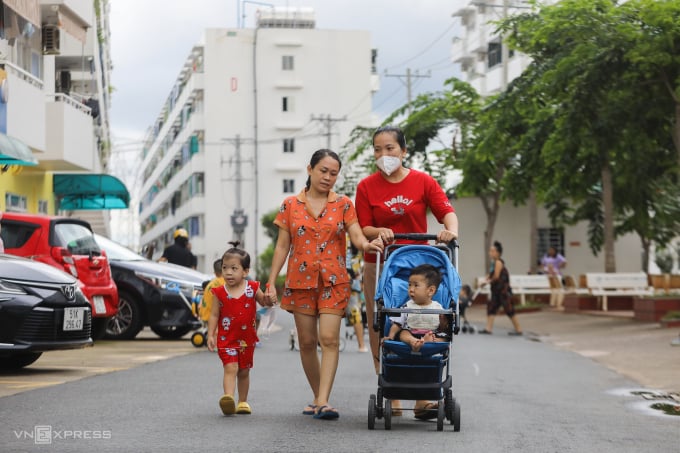
Working family in social housing area in Binh Tan district, Ho Chi Minh City, August 2022. Photo: Nhu Quynh
The Ministry of Health assessed that this plan would expand coverage, improve people's health, and contribute to increasing the supply of human resources for the labor market. The Health Insurance Fund also has additional revenue, and the regulation of including workers' relatives in the compulsory contribution category alone would increase it from VND1,159 billion to VND3,819 billion. The State would reduce the cost burden to solve future social issues.
However, the above plan has a big impact on social costs. According to preliminary calculations, each year the state budget will spend an additional VND348 billion to VND1,146 billion if it supports 30% of the contribution for relatives of workers.
Enterprises increase spending from 541 billion to 1,782 billion VND each year, in return for reducing the burden of resolving arising issues of employees such as taking leave to care for sick family members. When relatives are taken care of by health insurance, employees will feel secure in producing and contributing to the business. In fact, many companies when recruiting also set the criteria of paying for health insurance to attract candidates.
If a mechanism is created for people to pay health insurance once for 3 years, it will also affect businesses in cases where employers have to make deductions according to regulations. In that case, businesses will have to pay in advance the periodic costs that should be saved for production investment. However, the Ministry of Health believes that the revised law can add a provision to support partial tax exemption for this cost.
Each year, employees also pay an additional amount to pay for health insurance for their relatives, but the drafting agency considers this a necessary amount. The Ministry calculates the total preliminary cost of the additional amount each year to be about 270 billion to 891 billion VND. However, with the Health Insurance Fund paying for it, people's financial burden when going to see a doctor or receiving medical treatment will be reduced, from 43% to 23% by 2025.
The Ministry of Health also stated that this plan needs to take into account the income capacity of workers, classify relatives according to income groups to support appropriate and effective contribution levels, not equalize.
Option three : Keep the current groups of participants and do not add new participants. The government does not have to increase budget spending, but will face the burden of costs to solve social problems related to groups without health insurance cards. The goal of universal health insurance coverage is difficult to achieve.
After considering the pros and cons, the Ministry of Health chose option three, which is to maintain the current regulations. This is practical in the context of limited budget revenue and ensures the progress of amending the law so that it can take effect in 2025.
Option two, with the provision of adding relatives of workers to the health insurance coverage, is being considered for implementation in the upcoming general revision of the Law on Health Insurance.
The Law amending and supplementing a number of articles of the Law on Health Insurance is expected to be submitted to the National Assembly at the May 2024 session and take effect from January 1, 2025. In addition to expanding the coverage, the Ministry of Health is proposing a roadmap to increase the health insurance contribution rate from 2025...
By the end of 2023, the whole country will have nearly 93.7 million people participating in health insurance, covering over 93% of the population. Vietnam aims to cover over 95% of the population with health insurance by 2025.
Phuong Ha
Source link


![[Photo] Prime Minister Pham Minh Chinh receives Swedish Minister of International Development Cooperation and Foreign Trade](https://vphoto.vietnam.vn/thumb/1200x675/vietnam/resource/IMAGE/2025/5/12/ae50d0bb57584fd1bbe1cd77d9ad6d97)





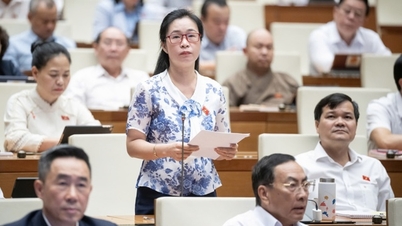

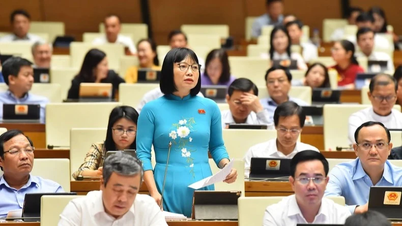

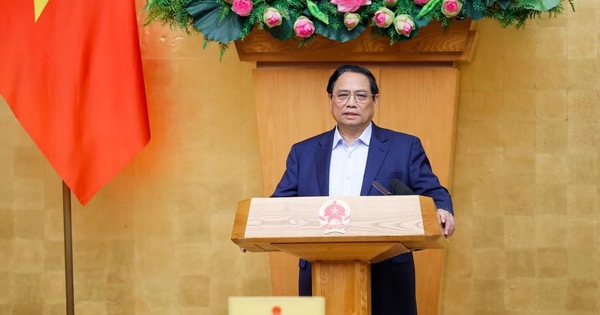






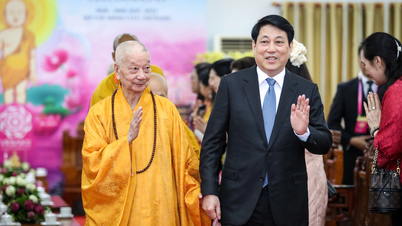










![[Photo] Prime Minister Pham Minh Chinh works with the Standing Committee of Thai Binh Provincial Party Committee](https://vphoto.vietnam.vn/thumb/1200x675/vietnam/resource/IMAGE/2025/5/12/f514ab990c544e05a446f77bba59c7d1)



































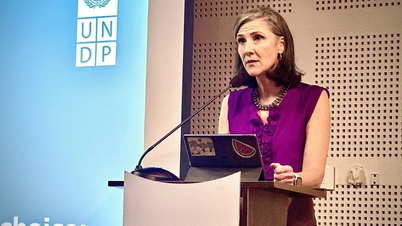
































Comment (0)